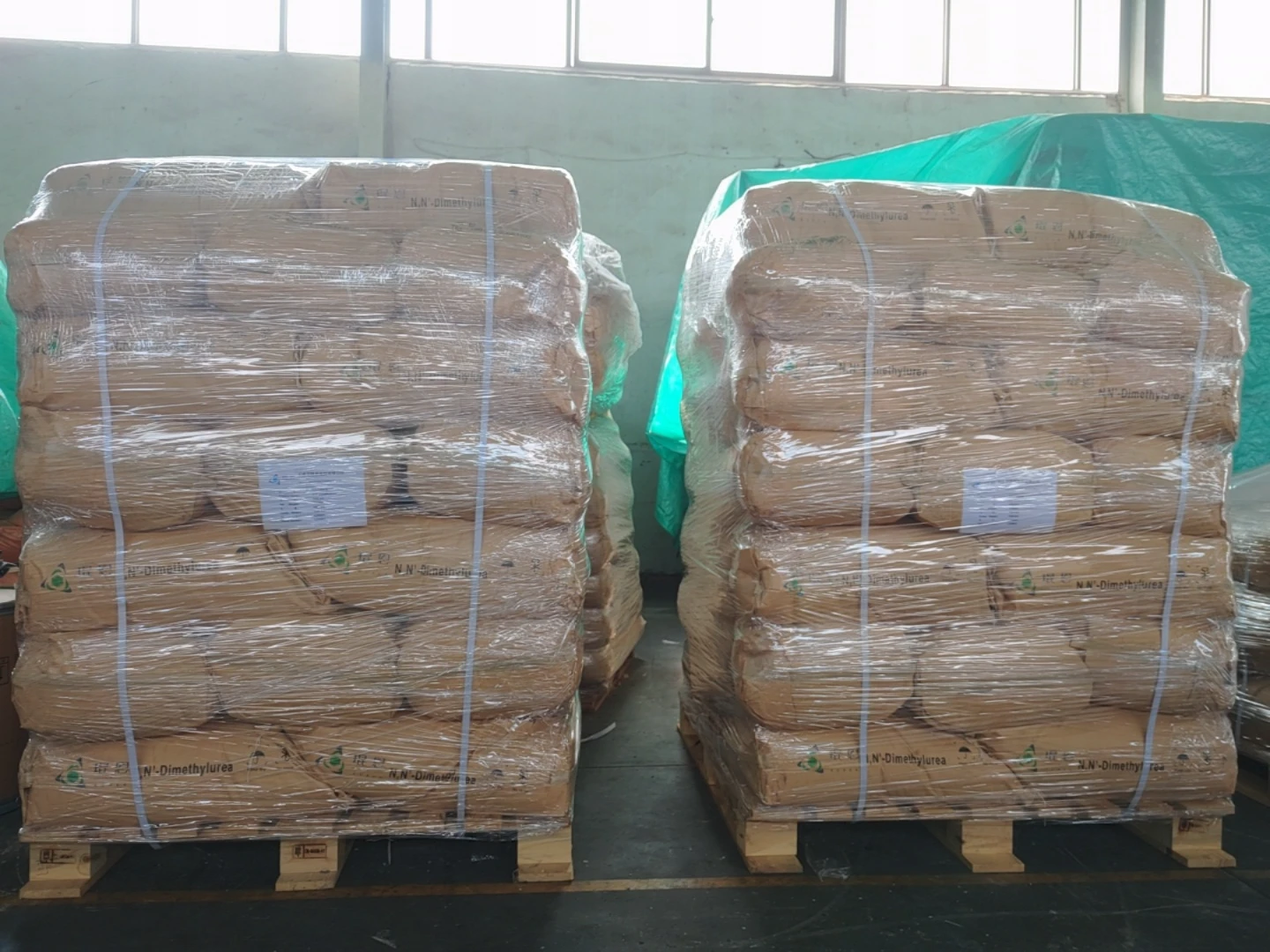The Role of Sodium Dodecyl Sulfate in SDS-PAGE
Sodium dodecyl sulfate, commonly referred to as SDS, is a staple reagent in the field of biochemistry, particularly in the technique known as SDS-PAGE (sodium dodecyl sulfate-polyacrylamide gel electrophoresis). This powerful analytical method is widely employed for the separation of proteins based on their molecular weight, and SDS plays a crucial role in the overall process.
The Role of Sodium Dodecyl Sulfate in SDS-PAGE
One of the key advantages of using SDS in SDS-PAGE is that it leads to protein denaturation. The protein structure—whether it be primary, secondary, tertiary, or quaternary—unfolds in the presence of SDS, resulting in linearized polypeptide chains. This denaturation is critical because it ensures that the separation of proteins during electrophoresis is based solely on size, rather than on charge or conformation.
role of sodium dodecyl sulfate in sds page

Upon applying an electric field to the gel during electrophoresis, the negatively charged SDS-protein complexes migrate towards the positive electrode. The degree of migration is inversely related to the size of the protein; smaller proteins move faster through the polyacrylamide matrix, while larger proteins experience more resistance and thus migrate more slowly. This principle allows researchers to estimate the molecular weight of proteins by comparing their migration distance to that of pre-stained protein standards.
The effectiveness of SDS in neutralizing the charge of proteins means that the separating gel and stacking gel components of SDS-PAGE can be formulated with specific acrylamide concentrations to optimize the resolution of protein bands. The composition of these gels can be varied depending on the size range of the proteins of interest, ensuring optimal separation characteristics.
Moreover, SDS-PAGE is not only a tool for analyzing protein size but it can also be linked to various detection methods. Following separation, proteins can be visualized using staining techniques such as Coomassie Brilliant Blue or silver stain, allowing researchers to assess protein purity, quantify protein concentrations, and determine the presence of post-translational modifications.
In summary, the role of sodium dodecyl sulfate in SDS-PAGE is multifaceted and indispensable. By providing uniformity in charge and facilitating protein denaturation, SDS enables the reliable separation of proteins based on size. This method has become a cornerstone in molecular biology, proteomics, and various biomedical applications, allowing researchers to delve deeper into the complexities of protein function and interaction. The simplicity and effectiveness of SDS-PAGE, coupled with the properties of SDS, empower scientists to gain insights into protein characteristics that are critical for understanding biological processes and developing therapeutic interventions.

